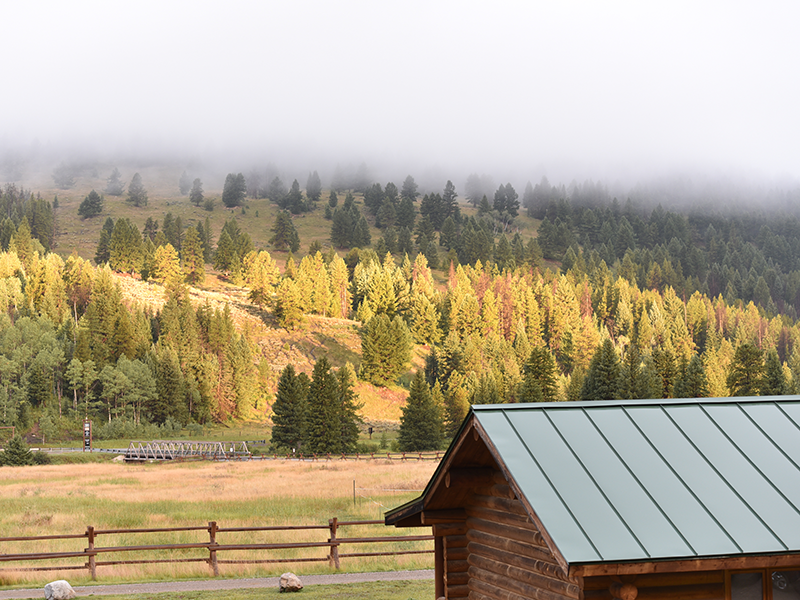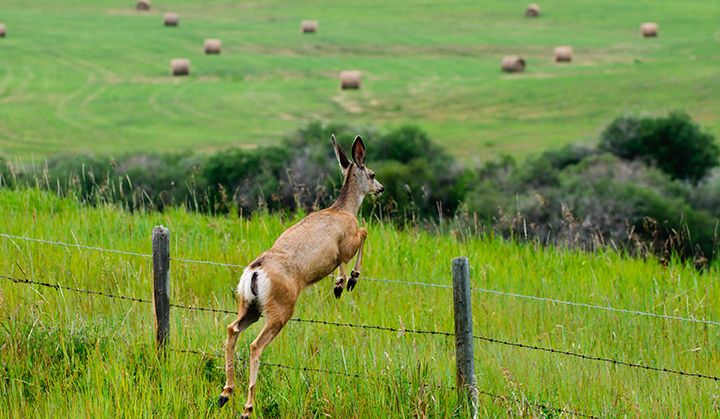Creating connectivity in an increasingly busy landscape
A research tracking collar was recently recovered in northwest Montana. It once belonged to wolf 57, revealing the wolf traveled hundreds of miles from Banff to Montana two decades ago.
You may be reminded of Pluie the wolf, who in the 1990s covered an area 10 times the size of Yellowstone National Park.
Wolves aren’t the only species that wander far; nor are they alone in facing danger when leaving park boundaries. Grizzly bears are also returning to places where they haven’t been for a long time, such as central Idaho and the High Divide region of Montana. This is a hopeful sign, but also a reminder of our responsibility to keep wildlife safe.
“These animals’ movements show that the Yellowstone to Yukon region is still connected. Yet they face many challenges when they leave parks, which is human-caused deaths,” says Dr. Jodi Hilty, Y2Y’s president and chief scientist.

Roads, fences, human activity and development also affect wildlife’s ability to survive and thrive. Rapid changes happening in the western U.S. have brought about such challenges. For example, Montana has seen high housing prices and a huge influx of people, especially from larger cities, moving to rural areas due to remote work possibilities and seeking better quality of life.
It’s no surprise people want to be closer to nature. But this means busier roads, more development and intensified recreation. That’s where Y2Y’s collaborative work comes in.
“As more people come to these areas it is key for them to have the tools and resources they need to share the landscape safely with wide-ranging wildlife,” says Nick Clarke, Y2Y’s senior U.S. program coordinator. “Working together with partners on these issues is more important than ever.”
You’re helping people and wildlife share space safely
The past three years we worked with the Bureau of Land Management to purchase and set up bear-proof food storage lockers in busy Montana campgrounds. In 2022, an additional 27 lockers will be installed, bringing the project’s total to 37. Thank you for your support!
Your support helps conserve wildlife and wild places
From advocating for more wildlife crossings across highways, to conserving private land, and critical coexistence measures, you help us make a tangible difference in protecting the spaces between protected areas, so wildlife can stay connected and live out their lives, safely.
“These connections, the corridors that wildlife such as grizzly bears rely on, are not unlimited. We have an increasingly small window of time to preserve those safe connections before they disappear forever.”
Nick Clarke, Y2Y senior U.S. program coordinator
“These connections, the corridors that wildlife such as grizzly bears rely on, are not unlimited,” adds Clarke. “We have an increasingly small window of time to preserve those safe connections before they disappear forever.”
Your donations help us take action to absorb increasing pressures on nature. We cannot continue to preserve wildlife and wild places without you.


